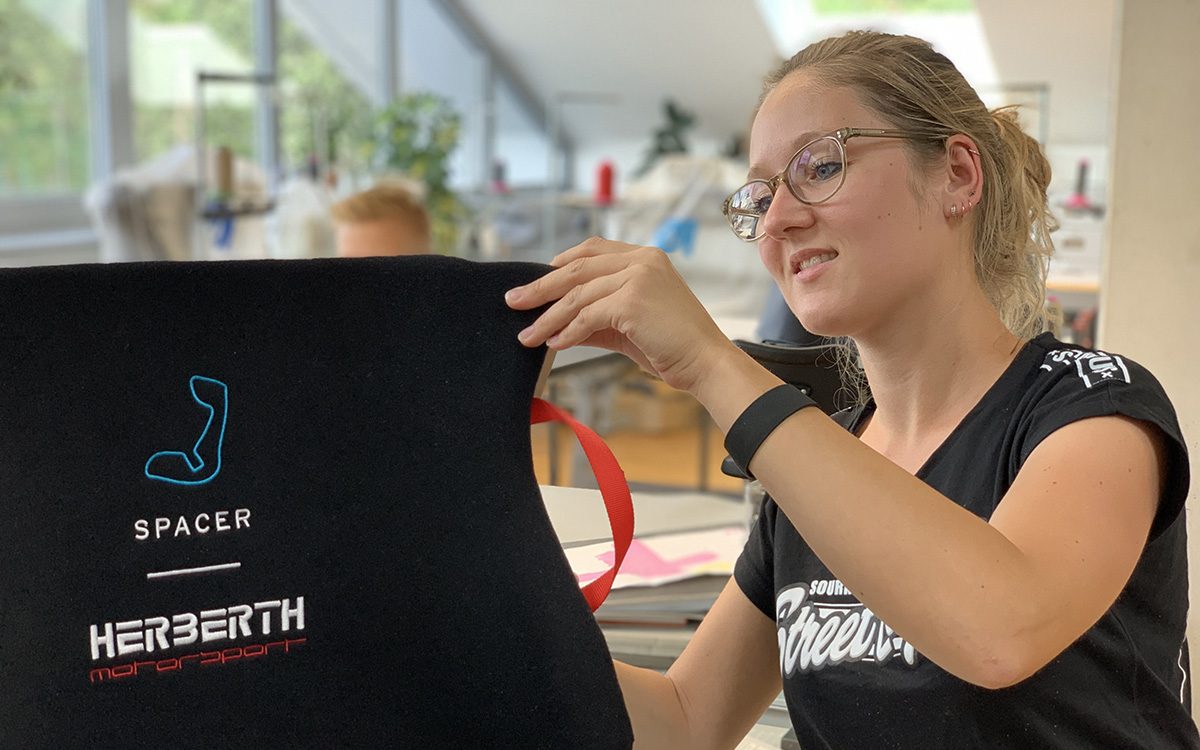Soft trim, hard core: the seat shell in the racing car Soft trim, hard core: the seat shell in the racing car

We at soft trim have made it our business to offer customers the most stable support in their seat that is technically possible. Especially in endurance racing, seat shells have become an often underestimated but no less important component in the car.
But what exactly is a seat shell? What is it made of? And how is it possible to create each driver's own seat shell? We have the answers.
What is a seat shell?
Simply put, it is the element between the seat and the driver. It is flush on both sides – towards the seat as well as towards the driver. This means that the shell provides the pilot with perfect support, even when the car is very hectic and high g-forces are at work, which is standard in motorsport. The driver is thus securely fixed at all times during the race. Thanks to a seat shell, he does not slide back and forth – injuries are thus prevented. Ultimately, this not only helps concentration but also safety.

What is it made of?
For the production of seat shells, we use expanded polypropylene – EPP for short. Compared to PUR foam, which can be used to make the upholstery of a conventional seat, this material is much more dimensionally stable. This characteristic is essential to ensure that the shell has a perfect hold in the car.
How is it made?
The construction of a seat shell takes place in several consecutive steps. Here, digitalisation and craftsmanship intertwine and form the basis for production.
Step 1: The fitting
Fitting – also known as moulding – is one of the decisive steps in the production process. The more carefully this is done, the better the finished shell will ultimately fit the driver.
After the empty seat shell has been scanned, the driver sits down. Together with our team, their preferences are then assessed, and the desired position determined – for instance, how high or low they would like to sit. Here, it is also important to comply with the corresponding specifications, which are prescribed by the FIA, among others.

An important element of the fitting is the seat imprint mat. When getting out of the car, the pilot leaves an imprint. This forms the basis for the subsequent scanning process, in which the previously determined position is recorded and digitised. The result: a three-dimensional image of the preferred position in the racing car. Alternatively, this step has already been done by the customer, so soft trim can access the data.
Step 2: The CAD design
From the scan data, a 3D model of the individual seat shell is created. There are applications where the seat shell is designed for a single driver and those where several drivers share a shell. The milling programmes are then derived from the 3D model.

Step 3: Milling
This is the actual core of production. With the help of milling robots, the shell is milled from EPP blocks. At the end of the milling process, reinforcing elements are integrated into the shell if necessary and quality control is carried out with regard to processing and dimensional accuracy.

Step 4: Cover development
Our cover developers cover the seat shell with a flame-retardant Perlon velour – on request with an individual team logo, name or in the colour of your choice. In addition, handle loops are attached to enable easy and swift removal of the seat shell from the racing seat.

Motorsport enjoys great public interest. For this reason, a high-quality appearance of the seat shell should not be underestimated. Especially during pit stops, TV viewers can see exactly how a driver change takes place. It is not uncommon for the driver and the shell to be prominently in the picture.
How long does the entire process take?
It takes about one and a half weeks from receiving the customer's data to the finished component. The last step, however, is no longer with us, but with the customer: namely, the use in the sprint and endurance races worldwide.